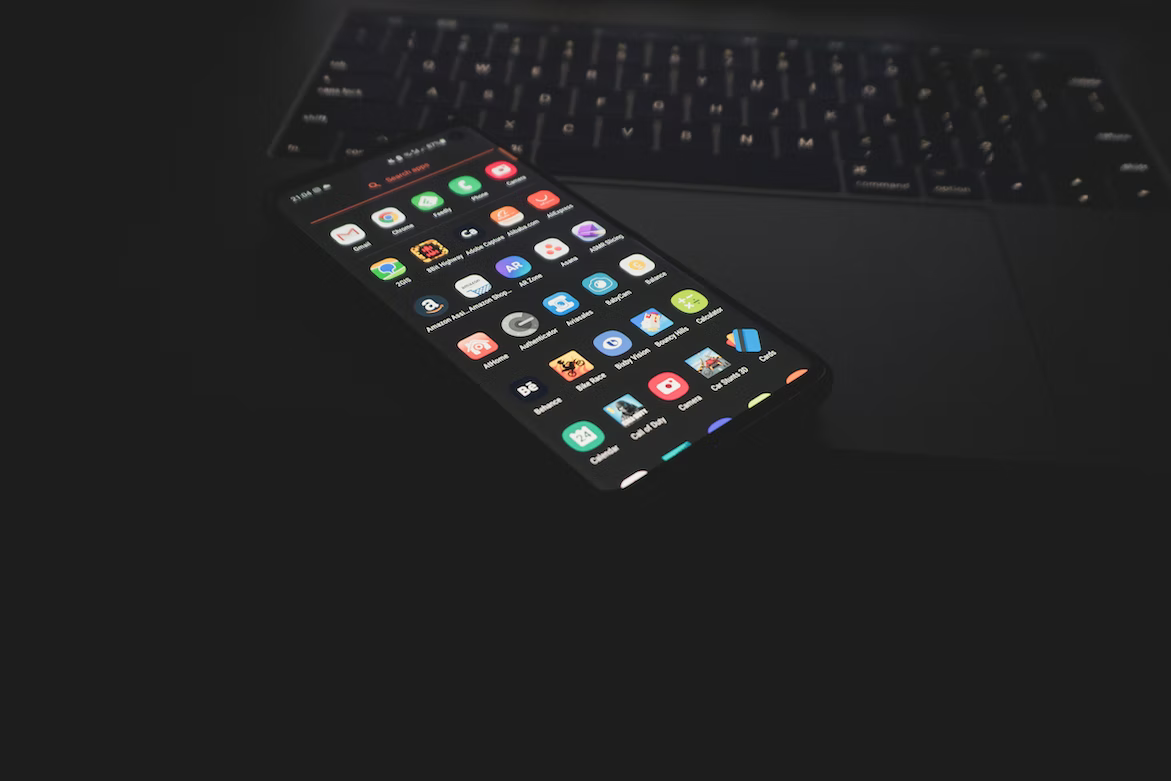Healthcare App Design Development in 2022-2023
With mobile customers’ online traffic shares steadily increasing, it is not surprising to see the medical business enter the fray. This gave birth to mHealth apps, or mobile healthcare apps, which often fall under the following categories:
- Clinical and Diagnostic Applications – These apps enable users to save their personal health information. They can also see test findings and go through prior diagnoses.
- Remote Monitoring Apps – These applications can give real-time monitoring of vital signs such as heart rate and oxygen levels.
- Reminder Applications – These apps will remind customers of their prescriptions and/or impending doctor’s appointments.
- Medical Reference Apps – This category is for folks who want to access specialist medical reference information.
- Healthy Lifestyle Application – This application takes a broader approach. This can include pregnancy progression, nutrition maintenance, and exercise tracking.
If you have or are going to launch a mHealth app, we have good news for you – the chances for your business to grow and prosper are high. However, it is strongly recommended that you follow the tips to design a great medical app. And we are going to share the prominent ones with you.
Best Practices for Healthcare App Design
According to Statista, there were 3.7 billion Health application downloads in 2017. This clearly shows how people rely on their mobile phones in health-related situations. In reality, there are around 165,000 health and fitness applications available. It could be a good idea to finally start working on that healthcare app you’ve been thinking about. However, given the stiff competition, you’ll need to do something to set yourself apart.
Creating a compelling health mobile app design is a surefire way to win this race. It can help you improve your reputation, trustworthiness, and number of subscribers. However, keep in mind that building mHealth apps takes a different strategy than traditional apps. After all, it addresses a more professional subject and targets a more narrow clientele. Do you find it intimidating? Don’t worry. We are here to inspire you. Put on your thinking gear as we sketch out what your app should look like.
Important Healthcare Software Design Features to Consider
There are some things that must be incorporated into your healthcare app design. Together with a clean and straightforward layout, simple functionality, and a high level of responsiveness, these elements serve as an effective tool for engaging users in your app. So, what features are must-haves for healthcare software design?
Notifications
Notifications are essential for healthcare apps since they notify users when there is an update or a status change, for example. Depending on the app, users may receive a message to conduct a 5-minute workout or a reminder about impending doctor’s visits, medication taking, and so on. Notifications vary according to status, nature, and purpose. However, keep in mind that notification status and notification type parameters should be coupled to provide appropriate, timely, and useful notifications for each use case.
Payment Processing Function
You must add transaction processing tools in your app if you aim to make paid consultation services or subscription plans a part of your eHealth application.
Integration with the Cloud
Users value consistent and timely access to health records, treatment information, and test results. Together with serverless app development, integrated cloud storage will be an on-demand option for your app.
Messaging, Chat, and Video Conferencing
Your healthcare app will stand out from the crowd if users can easily contact physicians, chat with one another, or participate in video training sessions. Furthermore, such features enable people to obtain an urgent medical consultation from the comfort of their own house whenever they want it.
AI Integration
Any application would benefit from AI integration. You may add symptom checker functionality, health monitoring, and tracking using AI algorithms to your solution. Furthermore, AI helpers increase app efficacy, which your target audience will definitely like.
User Profile Creation
The development of a profile feature for patients and physicians becomes self-evident. This feature personalizes your app by allowing users to manage their profiles according to their preferences, upload essential information, and so on. User profiles should be easy to access and navigate in terms of design. The app should have a control panel that contains all of the relevant information about a patient, such as bodily parameters, recommended medications, the number of meals required, and so on. Users may conveniently track check-ups, manage medical bills, and receive healthcare recommendations.
Wrapping up!
Although there are already a lot of healthcare apps, it doesn’t mean that you shouldn’t launch your eHealth solution. By following the above recommendations, you will definitely launch a one-of-the-kind solution that will stand out from the crowd of competitors and win customer loyalty.

